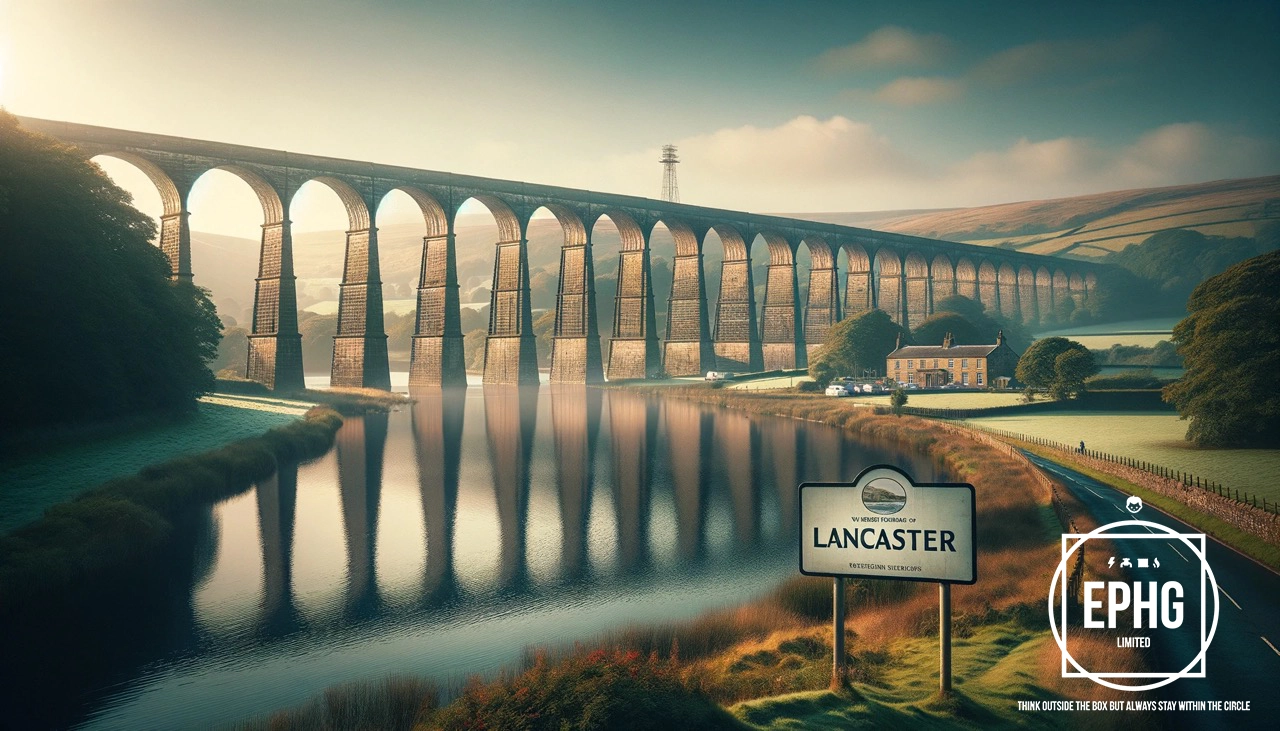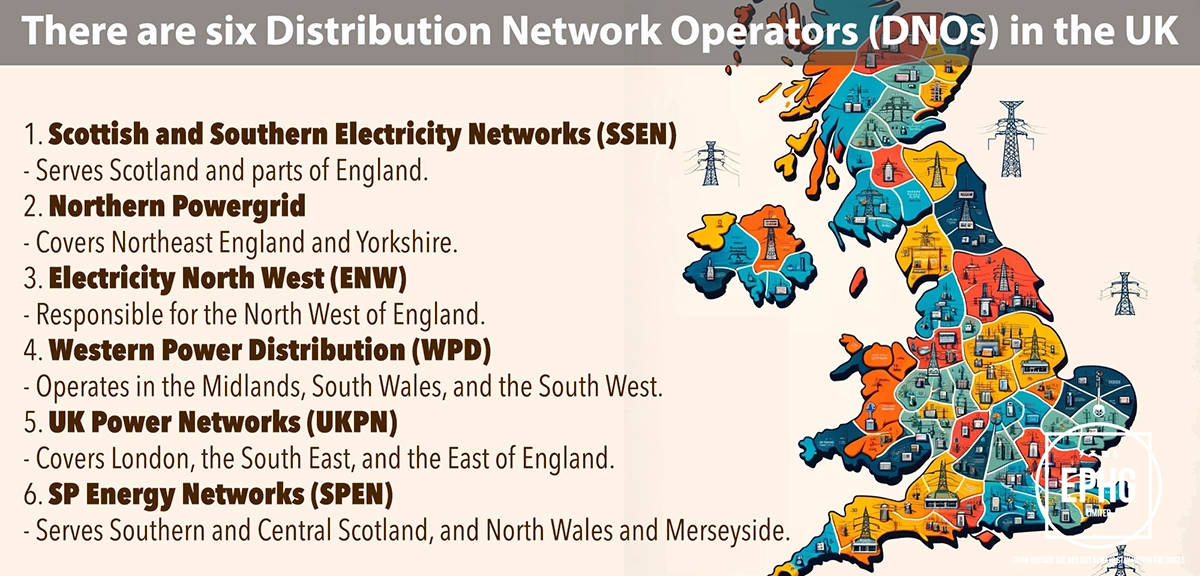
LA Postcodes for Utilities & Services in Lancaster and Surroundings
Introduction: The LA postcode area, covering Lancaster, the Lake District, and parts of the Lancashire and Cumbria regions, offers a diverse landscape from historic towns to breathtaking natural reserves. Here, we delve into the utilities and services provided across this picturesque area, with a particular focus on water and electricity provisions.
Water in Lancaster and Surroundings
Where does the water supply come from in the LA postcode area, and is there ever a shortage of water?
The primary sources of water in the LA postcode area include the River Lune in Lancaster and numerous lakes and reservoirs throughout the Lake District, such as Lake Windermere and Thirlmere. These natural water bodies, coupled with advanced treatment facilities, ensure a steady supply of clean and safe water to the region's residents and businesses. The area's abundant natural resources typically safeguard against severe water shortages. However, local authorities, such as United Utilities, remain proactive in water management and conservation practices to address the challenges posed by climate change and seasonal variances. Households and businesses are encouraged to adopt water-efficient practices to help preserve this vital resource for future generations.
What is the hardness & quality of the water in the LA postcode area, and can this affect your health?
Water hardness in the LA postcode area varies, with some regions experiencing soft water, particularly those closer to the natural lakes and rivers in the Lake District, and others experiencing moderately hard water. The water quality in this area is rigorously tested and treated to meet stringent safety and health standards, ensuring it is safe for all domestic and commercial uses. Soft water is beneficial in reducing lime scale buildup and enhancing the effectiveness of soaps and detergents. While water hardness can vary, the overall quality of water is maintained at a high standard, with minimal health risks to residents. Local water authorities are committed to providing clear, comprehensive information on water quality and any necessary precautions to ensure public safety and well-being.
Electricity in Lancaster and Surrounding Areas
Where does the electric supply come from in Lancaster and what is the future of energy there?
The electricity supply in the LA postcode area, encompassing Lancaster and its environs, is diversifying, moving from traditional sources towards a greener future. Historically reliant on fossil fuels, the area is now embracing renewable energy sources such as wind, solar, and hydroelectric power, drawing from the natural resources abundant in the region. The River Lune, among others, is a focal point for hydroelectric projects contributing to the local energy mix. Lancaster is keen on adopting sustainable energy practices, with several wind farms already operational and solar installations increasing in number. The vision for Lancaster's energy future is firmly rooted in sustainability, aiming for a significant reduction in carbon emissions and a transition to renewable sources, thus ensuring long-term environmental and economic health.
When is hydrogen coming to gas boilers in Lancaster?
Lancaster is in line with the broader UK initiative to introduce hydrogen as a clean alternative to natural gas for heating. While specific timelines for the transition to hydrogen gas boilers in Lancaster are yet to be defined, the region is part of the national conversation on reducing dependency on fossil fuels for heating. Pilot projects and feasibility studies are expected to pave the way for hydrogen heating, with Lancaster poised to embrace these changes. Homeowners and businesses are encouraged to stay informed about developments in hydrogen technology and consider energy-efficient heating solutions in preparation for the future shift towards greener energy.
Where Does the Wastewater Go in Lancaster
In Lancaster, wastewater management is a critical component of the region's commitment to sustainability and public health. Wastewater from residential, commercial, and industrial sources is collected and treated at facilities such as the Morecambe Wastewater Treatment Works. These facilities employ advanced treatment processes to ensure that the water meets or exceeds environmental standards before being released back into natural watercourses, such as the River Lune. Lancaster's approach to wastewater treatment exemplifies the region's dedication to protecting local waterways, marine life, and the broader environment, highlighting ongoing efforts to achieve sustainable urban and rural living.
Regions and Services:
The LA postcode area offers a rich tapestry of environments, from Lancaster's historic city center to the tranquil settings of the Lancashire countryside and Lake District. Key regions within this diverse area include:
- Lancaster City: The hub of cultural and urban development, known for its robust electrical and gas infrastructure and growing focus on sustainable energy solutions.
- Morecambe, Heysham, and Carnforth: Coastal towns combining traditional charm with modern amenities, reflecting a strong community spirit and a shift towards renewable energy sources.
- Kendal, Windermere, and Ambleside: Gateways to the Lake District, these areas blend natural beauty with innovative utility solutions, such as hydroelectric projects and sustainable tourism practices.

Regions within the LA Postcode
Lancaster and Surrounding Areas
- LA1: Lancaster City Centre, University, Bailrigg
- LA2: Galgate, Ellel, Caton, Halton, Scotforth
- LA3: Morecambe, Heysham, Middleton, Overton
- LA4: Morecambe, Torrisholme
- LA5: Carnforth, Arnside, Silverdale, Warton, Bolton-le-Sands
- LA6: Kirkby Lonsdale, Lune Valley, Hornby, Kirkby Lonsdale
- LA7: Milnthorpe, Beetham, Storth, Heversham
Lake District and Surrounding Villages
- LA8: Kendal, Staveley
- LA9: Kendal, Burneside, Sedgwick
- LA10: Sedbergh, Dent
- LA11: Grange-over-Sands, Cartmel, Flookburgh
- LA12: Ulverston, Dalton-in-Furness, Swarthmoor
- LA13: Barrow-in-Furness, Walney Island
- LA14: Barrow-in-Furness, South Barrow, Walney Island
- LA15: Dalton-in-Furness
- LA16: Askam-in-Furness
- LA17: Kirkby-in-Furness
- LA18: Millom, Haverigg, Kirksanton
- LA19: Silecroft, Whicham, Whitbeck
- LA20: Broughton-in-Furness, Coniston, Duddon Valley
- LA21: Coniston, Hawkshead, Near Sawrey
- LA22: Ambleside, Langdale
- LA23: Windermere, Bowness-on-Windermere, Troutbeck




